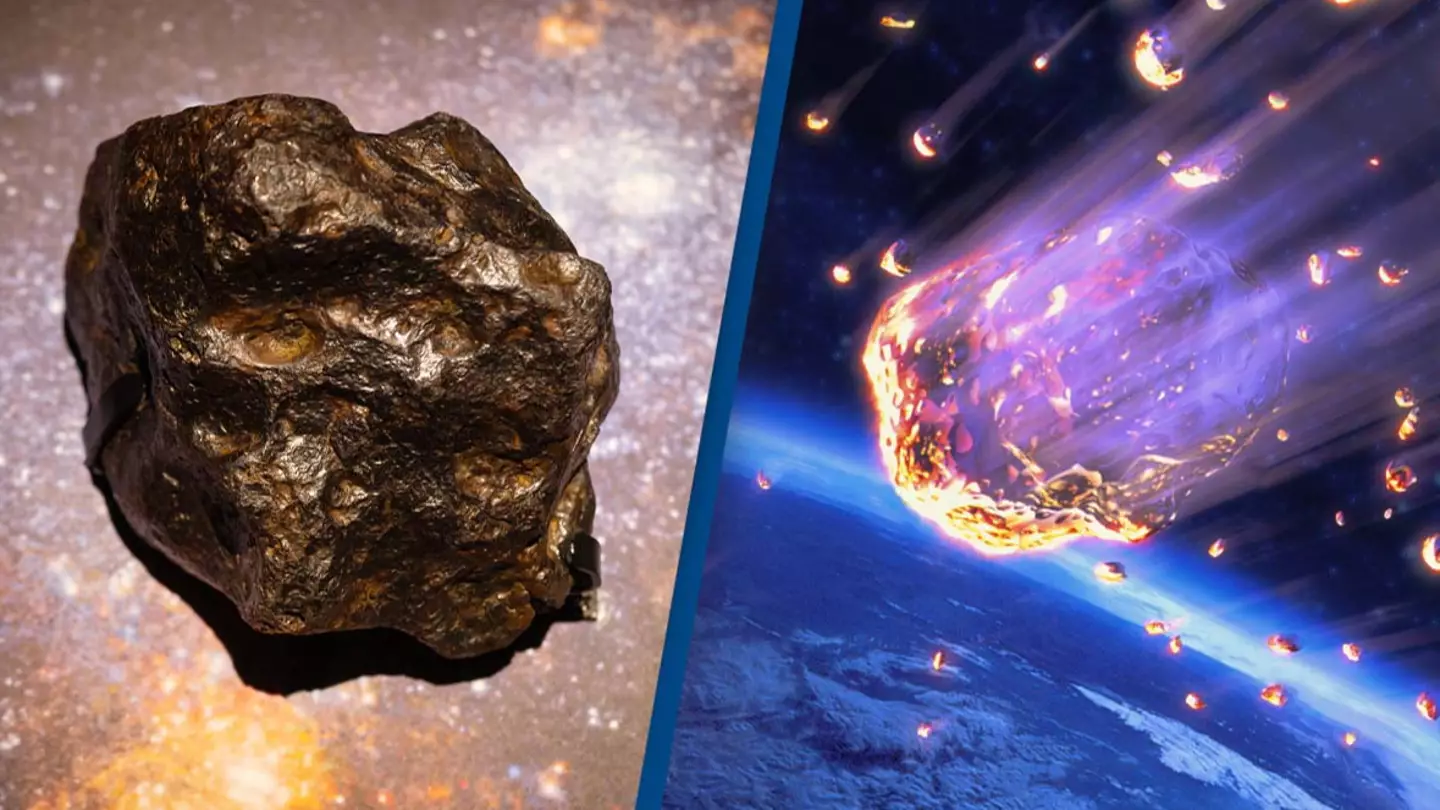
With how long experts have been looking into and researching all things to do with our planet, it comes as a bit of a surprise we continue to learn new things. But new things we do and a lot of the discoveries from scientists come out of the blue to some.
Experts have long claimed every individual who resides on Earth descends from the same single ancestor.
However, experts and theorists have long speculated how our planet even came to be in the first place, creating a grave-pit for the conspiracy theorists amongst us.
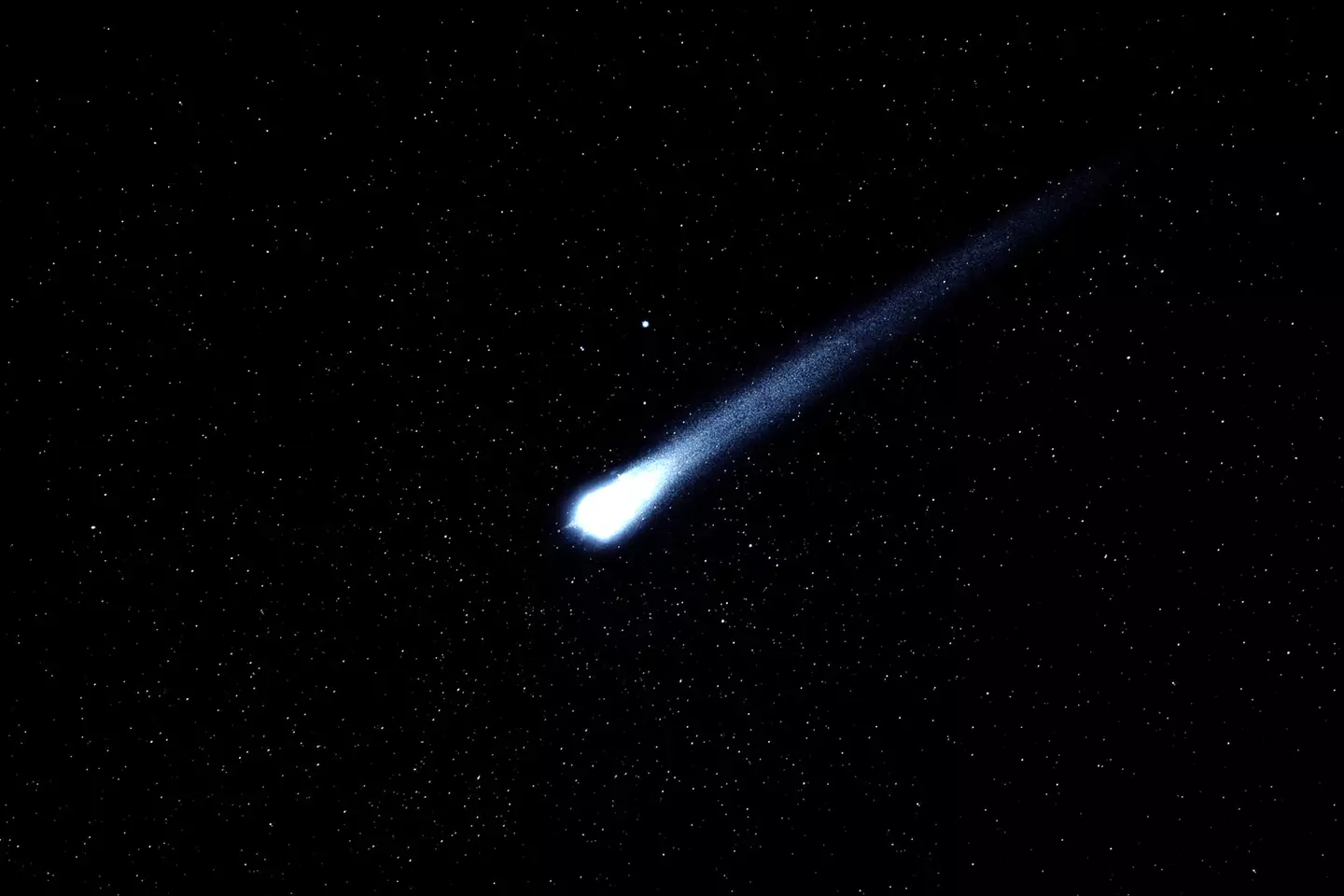
A meteorite four times the size of Mount Everest may have created life on Earth (Getty Stock Photo)
Well, a new study has provided some new information in this area, with experts from Harvard University claiming that an ancient meteorite hit Earth billions of years ago.
And this is believed to have been responsible for life on planet Earth.
The findings suggest the S2 meteorite, as it is known, hit what we know as South Africa some 3.26 billion years ago.
Nadja Drabon, a geologist and assistant professor in the Department of Earth and Planetary Sciences, has been the individual at the forefront of the project.
She worked on collecting and examining rock samples, which included looking into the sedimentology, geochemistry, and carbon isotope compositions they leave behind.
In a press release, Drabon said: “Picture yourself standing off the coast of Cape Cod, in a shelf of shallow water. It’s a low-energy environment, without strong currents. Then all of a sudden, you have a giant tsunami sweeping by and ripping up the sea floor.”
So, what did they find?
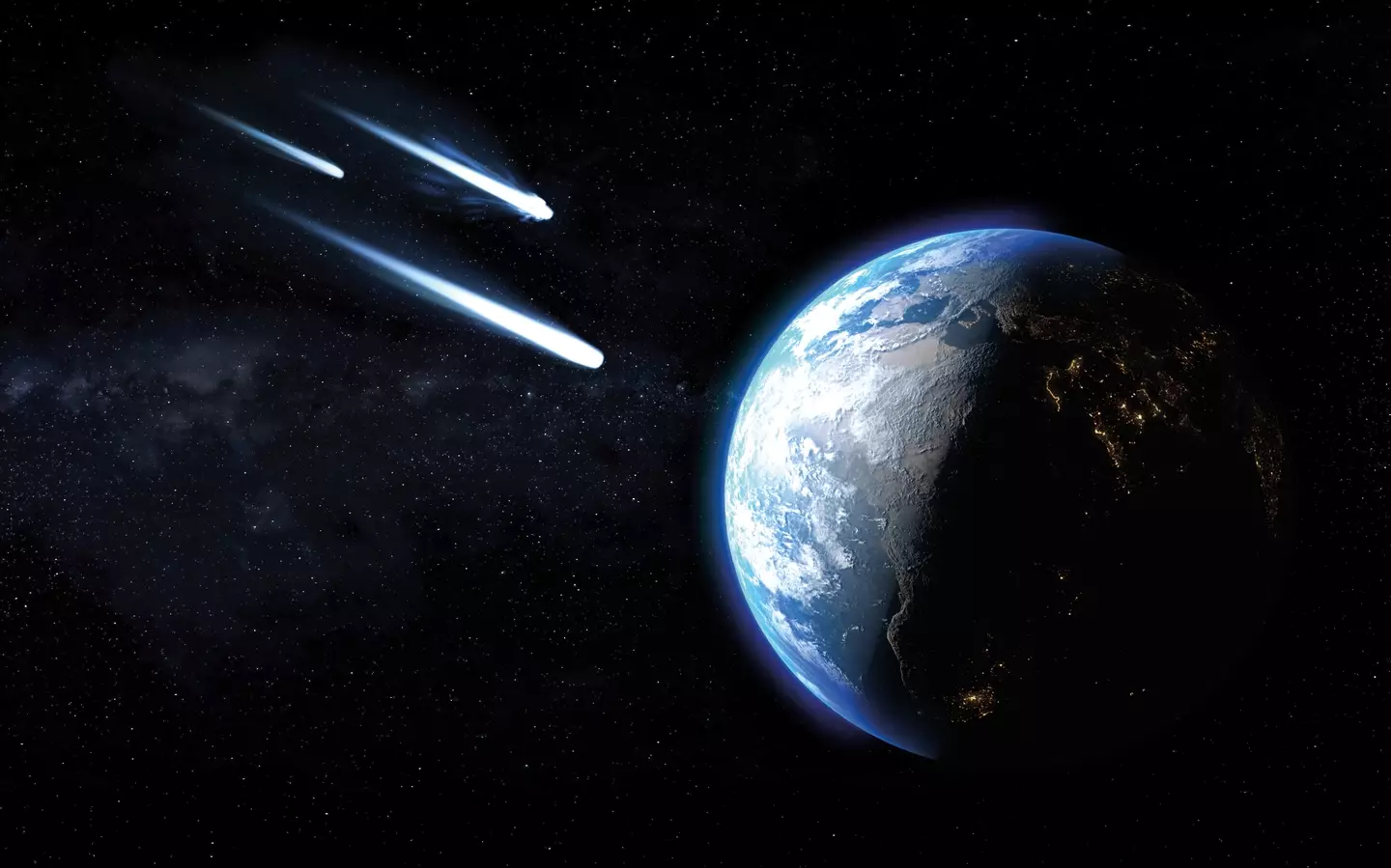
Scientists have made an interesting discovery (Getty Stock Photo)
Well, experts discovered the meteorite – which is up to 200 times larger than the one that wiped out the dinosaurs – triggered a tsunami that mixed up the ocean and flushed debris into more coastal areas.
Heat from the impact of this caused the upper layer of the ocean to burn off, which also heated up the atmosphere in the process.
Drabon added: “We think of impact events as being disastrous for life. But what this study is highlighting is that these impacts would have had benefits to life, especially early on, and these impacts might have actually allowed life to flourish.”
And that is true, we often associate meteorite events with catastrophe, but this study proved it can be a ‘silver lining for life’.
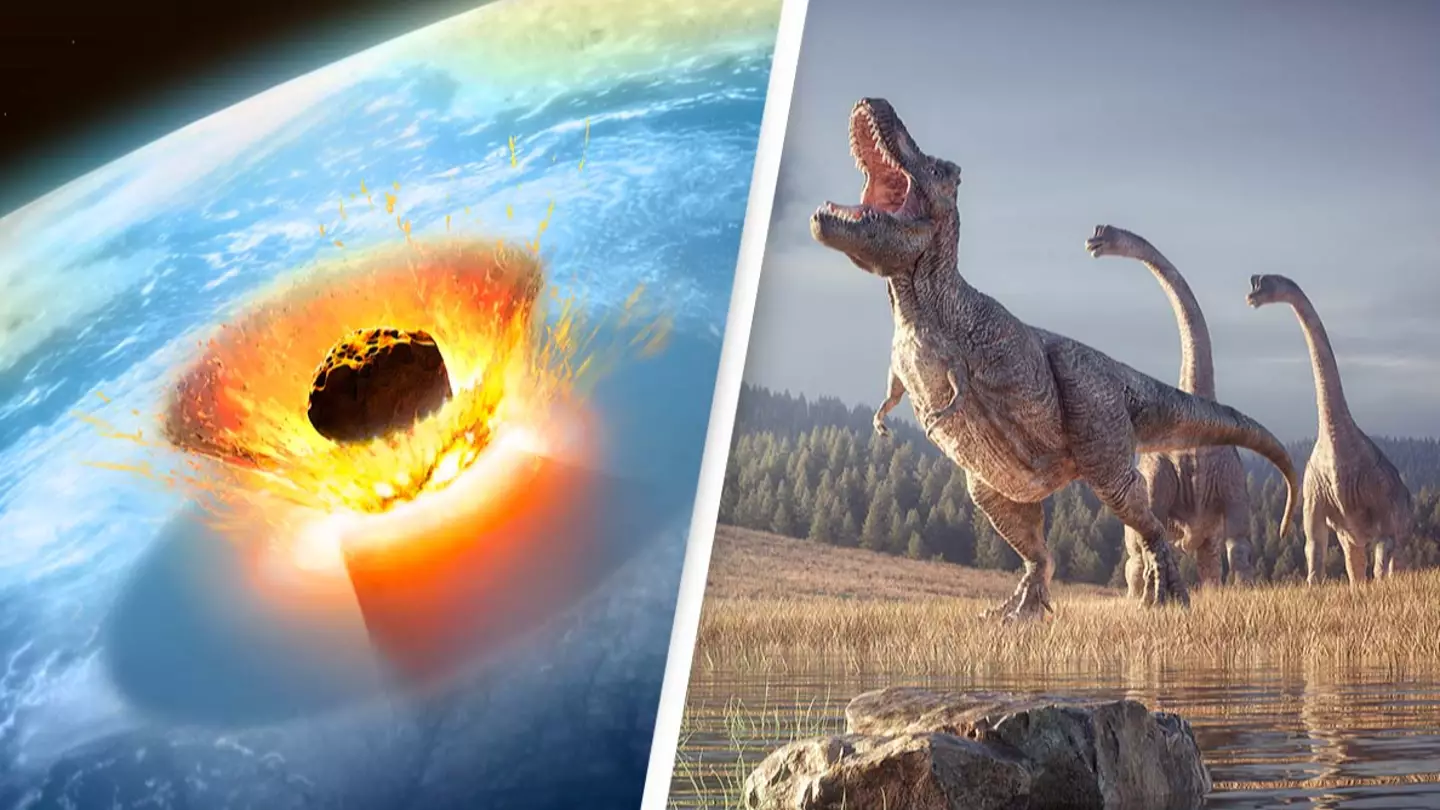
As anybody who paid attention in science class would know, the dinosaurs’ mass extinction occurred 66 million years ago when a rare asteroid collided with Earth.
The collision led to the death of about 60 percent of Earth’s species, with research suggesting that the asteroid’s aftermath likely covered the planet in ash and made its climate fatal.
Fun times.
And while the knowledge of where the asteroid came from, and even what type of asteroid it was, were previously murky — a new study reports that the asteroid flew in from the outer solar system, beyond Jupiter.
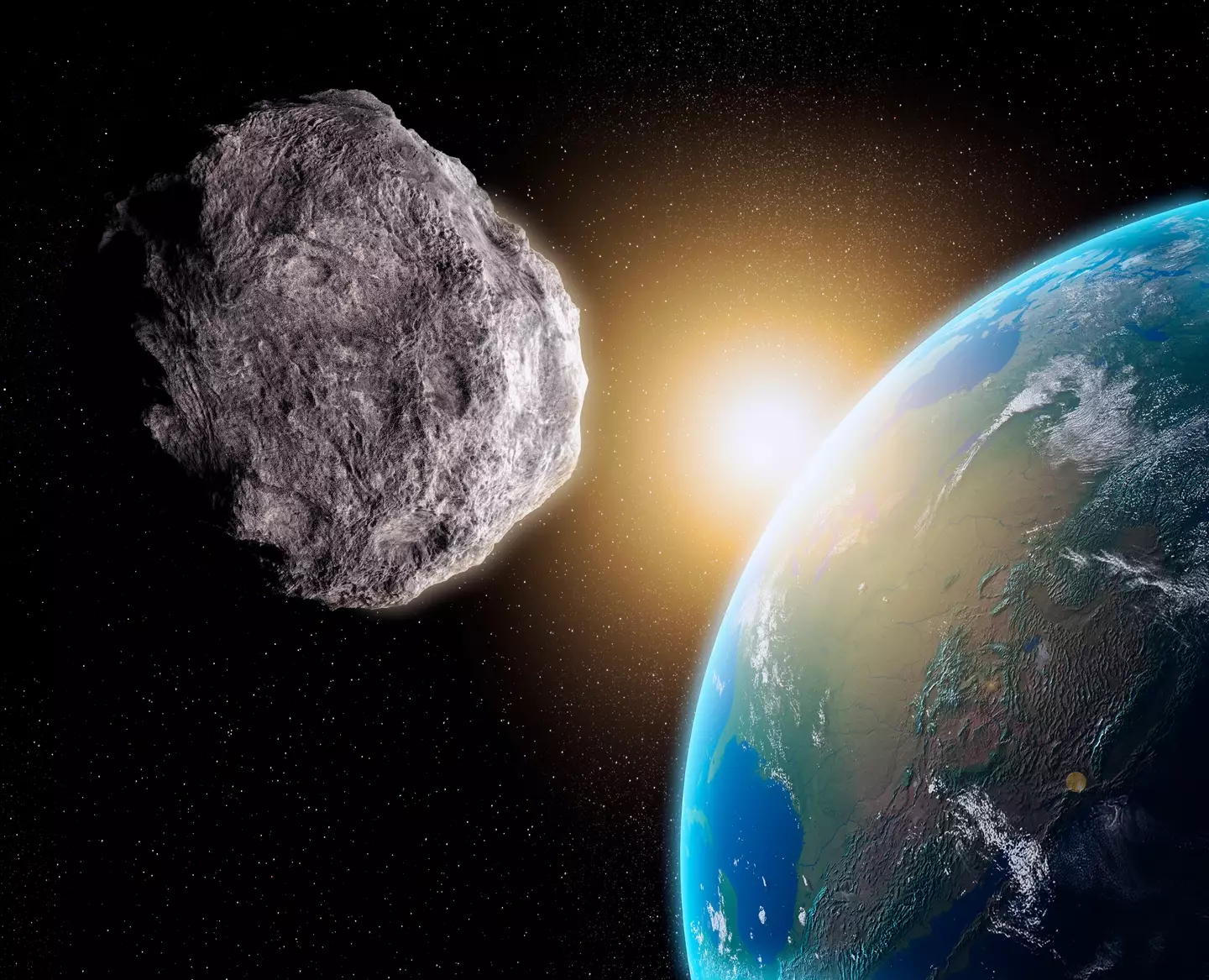
The asteroid formed in the outer parts of the solar system. (Getty Stock Photo)
In that far, far, and I cannot stress this enough, far away point, a C-type asteroid formed and barreled towards Earth where it created the Chicxulub crater — colloquially known as the place where the asteroid hit Earth and left a giant vast crater.
The study titled ‘Ruthenium isotopes show the Chicxulub impactor was a carbonaceous-type asteroid,’ was published in the journal Science and details how researchers came to this conclusion.
They examined samples taken from around the same period in which the mass extinction happened, the Cretaceous and Paleogene eras. And also looked at samples from five other asteroid impacts taken in the last 541 million years, plus samples from impacts billions of years ago, to compare the data.
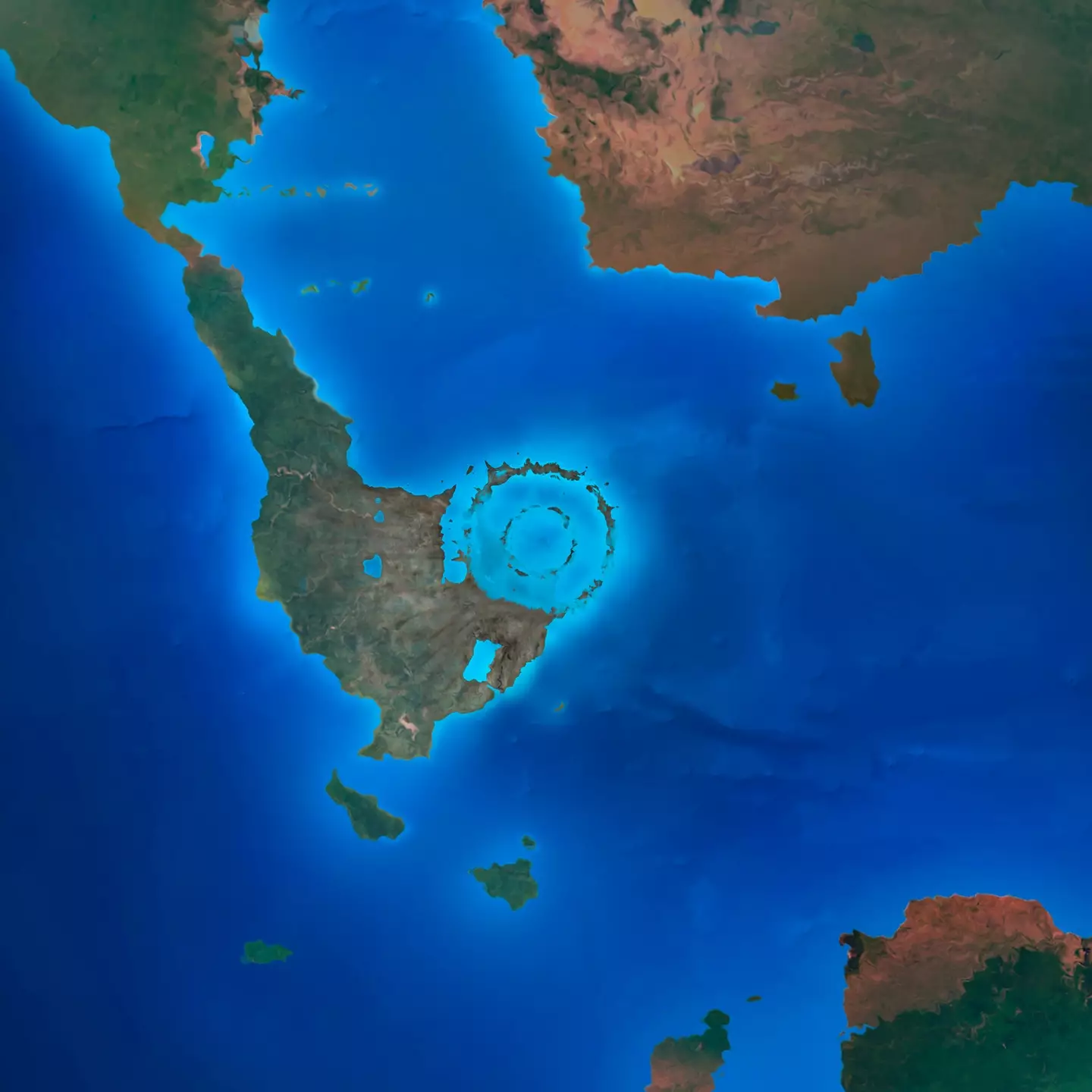
The Chicxulub impact crater. (Getty Stock Photo)
They found that the ruthenium isotopes (an element that is rare on Earth but common in meteorites) in the samples taken from around the time of the extinction, were all mostly uniform meaning that they were likely a cause of carbonaceous chondrites which is an unusual kind of meteorite.
This suggests that the Chicxulub impactor (aka the asteroid) formed far off in the solar system and was not a comet.
Scientists shared that this discovery could help solve age-old mysteries on the Earth’s history and inform a better understanding of what objects collided with our planet from space.
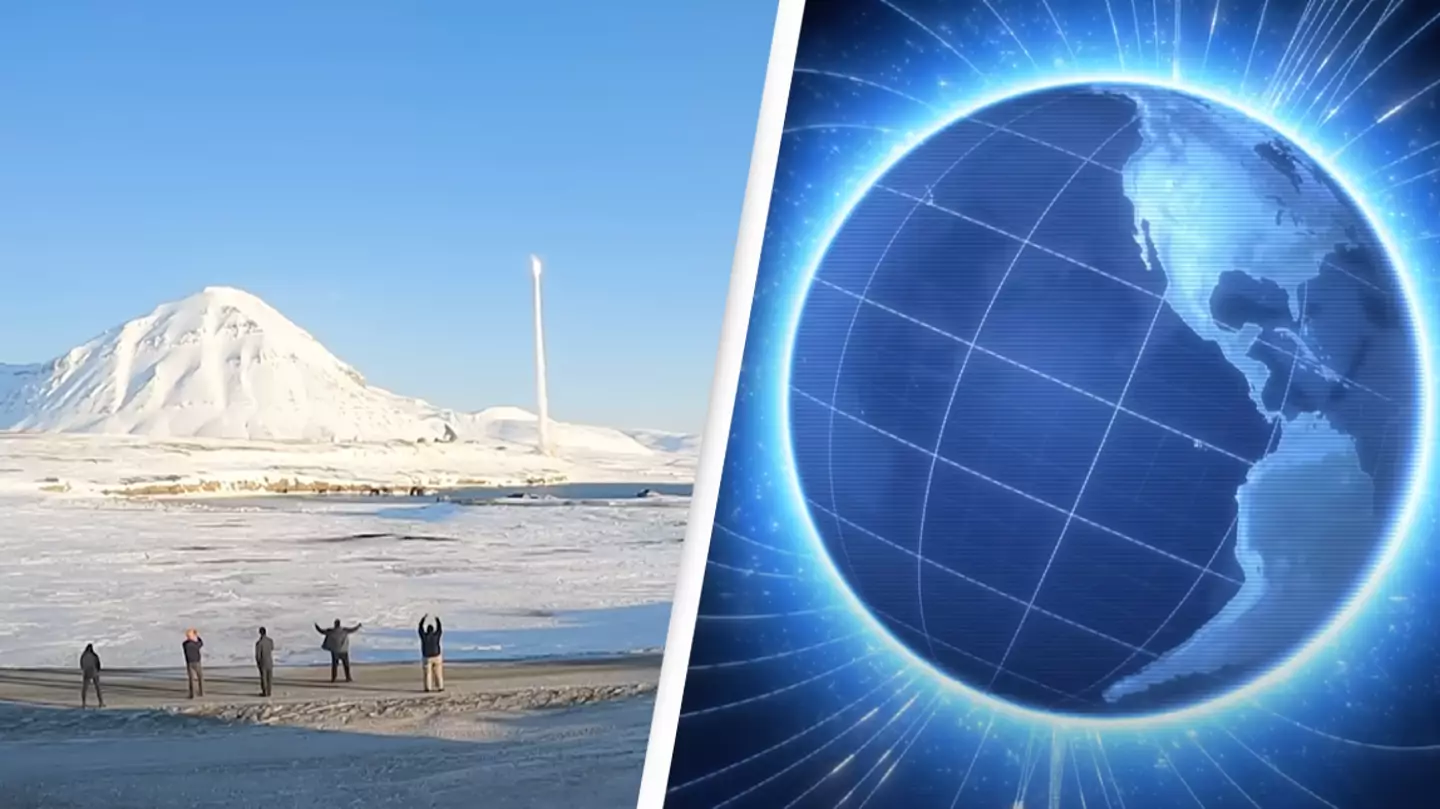
Space buffs have been well and truly mind-blown after NASA announced last week (August 28) that a team of its scientists have discovered the presence of a planet-wide electric field.
The field – despite being pretty weak – is believed to be just as important to our planet as gravity and magnetic fields, so it’s a pretty historic find.
The field, known as the ambipolar electric field, was first hypothesised by NASA peeps over 60 years ago. Take a look at how it works:
Using NASA’s suborbital Endurance rocket, scientists wanted to explore how the planet’s atmosphere evolves.
Glyn Collinson, a lead author on the study principal investigator of the Endurance mission at NASA’s Goddard Space Flight Centre, offered some insight on the matter.
She explained how planets with an atmosphere ‘should have an ambipolar field’.
“Now that we’ve finally measured it, we can begin learning how it’s shaped our planet as well as others over time,” she added.
Spacecraft flying over Earth’s North and South poles have detected a stream of particles flowing from our atmosphere into space since the 1960s.
The ‘polar wind’, as scientists dubbed it, led to a bunch of research into the study being conducted.
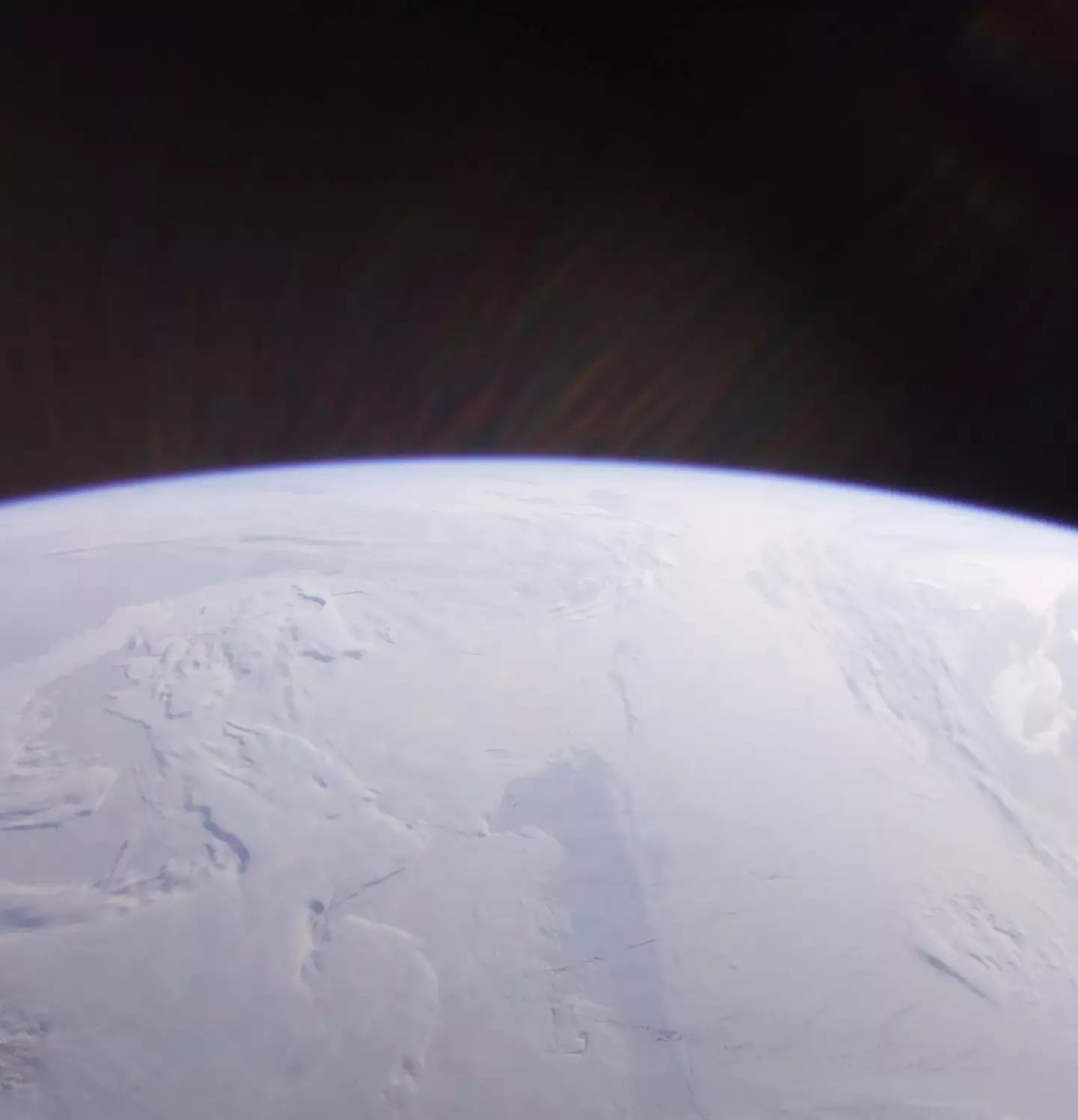
An image taken above the north pole during the study (NASA)
While some outflow from our atmosphere is expected, the polar wind was providing some surprising results.
Many particles within the magnetic field were cold with no signs they had ever been heated.
Nonetheless, they were traveling at supersonic speed, much to the surprise of those at NASA.
Collinson added: “Something had to be drawing these particles out of the atmosphere.”
So, scientists decided to do some digging, ultimately deciding to launch the Endurance rocket from Svalbard near the North Pole.
The rocket reached an impressive altitude of 768.03 km before crashing down in the Greenland Sea just 19 minutes later.
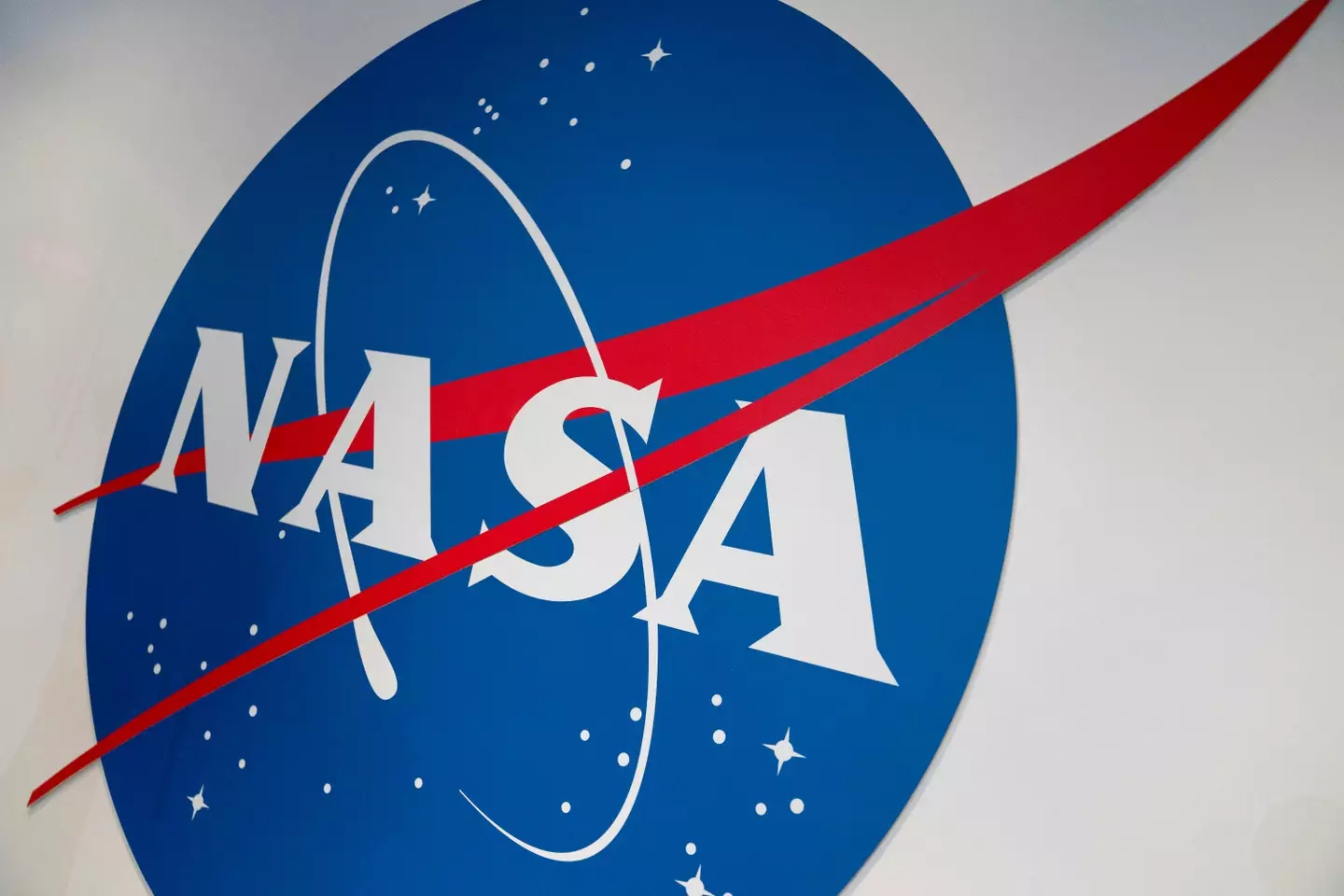
Scientists at NASA made the discovery. (STEFANI REYNOLDS/AFP via Getty Images)
While scientists discovered a minuscule 0.55 volt change, the voltage pushes hydrogen ions in the solar wind.
Because they are the most frequent particles in the wind, it makes the electric field 10.6 times stronger than gravity.
Endurance project scientist at NASA Goddard and co-author of the study Alex Glocer said: “That’s more than enough to counter gravity — in fact, it’s enough to launch [atmospheric particles] upwards into space at supersonic speeds.”
Meanwhile, Collinson added: “It’s like this conveyor belt, lifting the atmosphere up into space.”
Scientists will continue to study the electric field to see how it impacts Earth’s atmosphere.
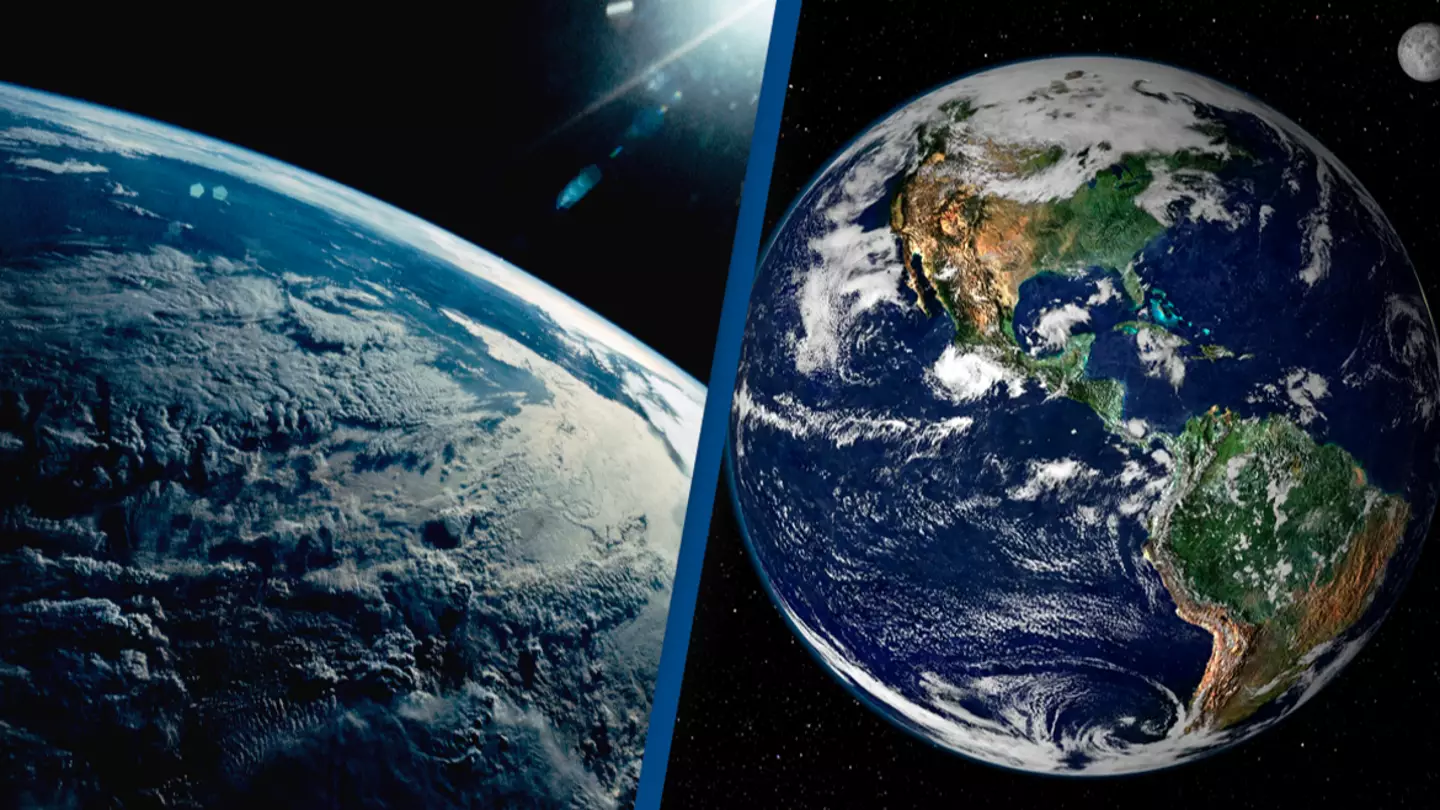 Scientists concerned as they discover the color of the Earth is changing
Scientists concerned as they discover the color of the Earth is changingScientists have shared concerns about the fact the Earth is changing color – even if it looks good on the surface.
We take a lot of cues from color. We typically associate red with stopping; with danger, heat and warnings.
Green, on the other hand, usually indicates that things are all good. You’ve hit the goal, you’re good to proceed; everything is lush and fresh.
So if I told you the Earth was becoming more green, it would be positive news, right? Well, it might be in some ways. But not in others.
Though the Earth’s temperature continues to rise, recent scientific studies based on satellite data have shown that the amount of green vegetation – aka, leaves – has actually increased across the planet.
More vegetation is appearing on land as well as in the ocean, with more plants able to consume more CO2 and consequently help offset some of the impacts of climate change.
However, so-called ‘global greening’ isn’t all sunshine and butterflies.
While vegetation has increased, this doesn’t necessarily mean forests and other ecosystems are regrowing. Instead, it points to how humans are altering the face of the Earth as a whole.
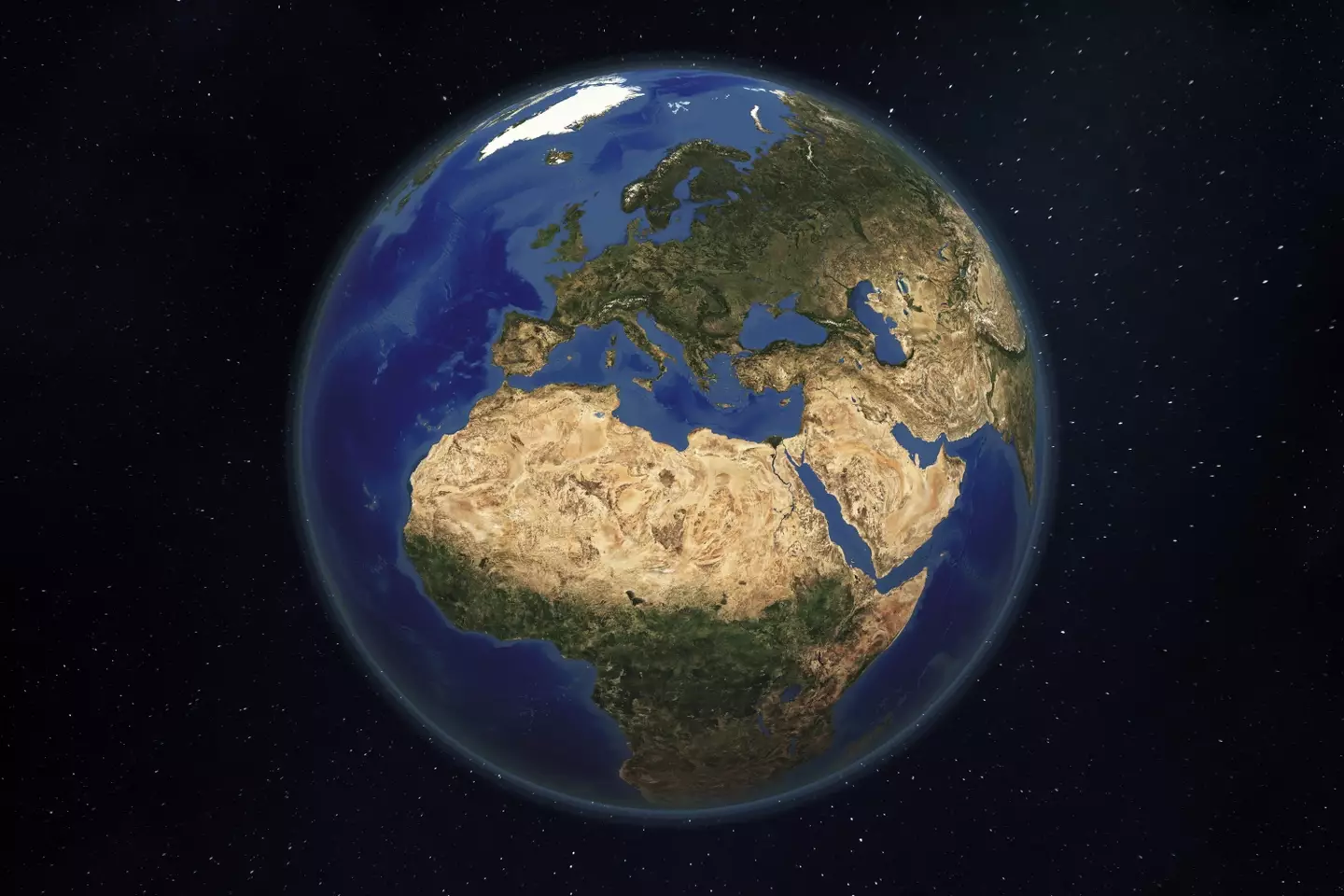
Photo Maps4media via Getty Images
In 2019, a study published in the journal Nature reported that the Earth had increased its green leaf area by 5 percent in two decades.
One reason for the increased vegetation is down to all the CO2 we’re pumping out both as humans and through processes like burning fossil fuels. NASA has reported that over the last two centuries, the CO2 content in the air has increased by approximately 50 percent.
Since plants consume CO2, the amount in the atmosphere is helping vegetation grow.
Another reason Earth is becoming more green is, simply, because we’re growing more plants, with the 2019 study finding that farming and tree planting has driven global greening.
However, while we know why the land is getting more green, it’s not clear why the sea is getting greener.
It’s thought the color change is either down to an increase in a plant-like organism called phytoplankton, which also consume CO2, or that the phytoplankton itself has become more green.
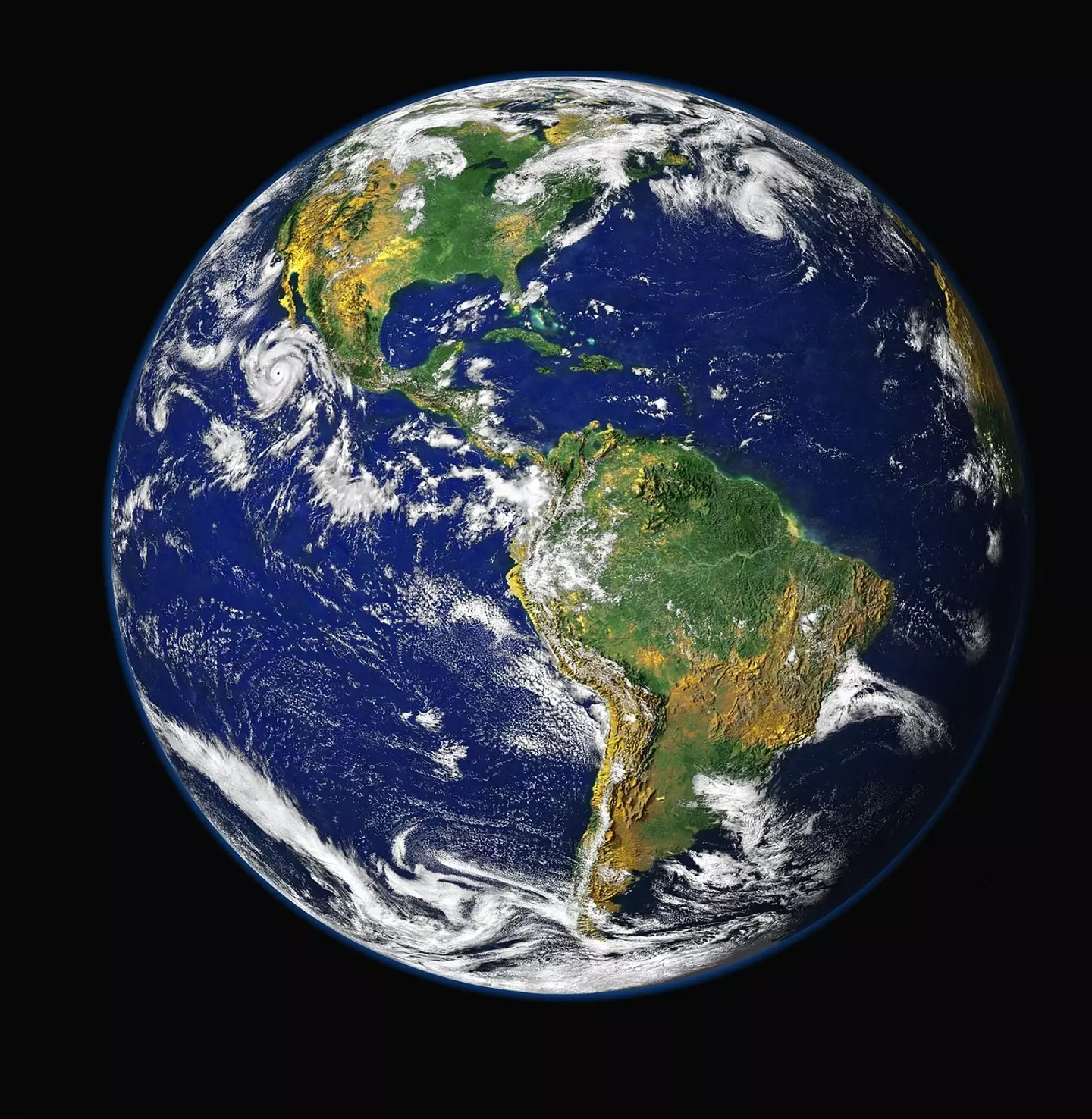
Pixabay
However, which answer is true remains unclear, and matters because it determines how much carbon the oceans can absorb. NASA is hoping to find out more through the launch of a new satellite.
Further concerns about the color of the Earth come from the fact that satellite images don’t distinguish between different types of vegetation, like the rainforest or crop cultivation.
Where one is home to lush plants and wild animals, the other is devoid of life and biodiversity. Farms may look green from above, but require the use of tons of water and chemicals, as well as carbon emissions released in the creation of nitrogen fertilizer and other chemicals.
Discussing the lack of differentiation, Robin Chazdon, a tropical ecologist and part-time scientist at the environmental group World Resources Institute, told Vox: “It’s glossing over the reality of what’s actually happened.”
So, while our planet might look green and healthy from above, the truth isn’t as nice to look at.
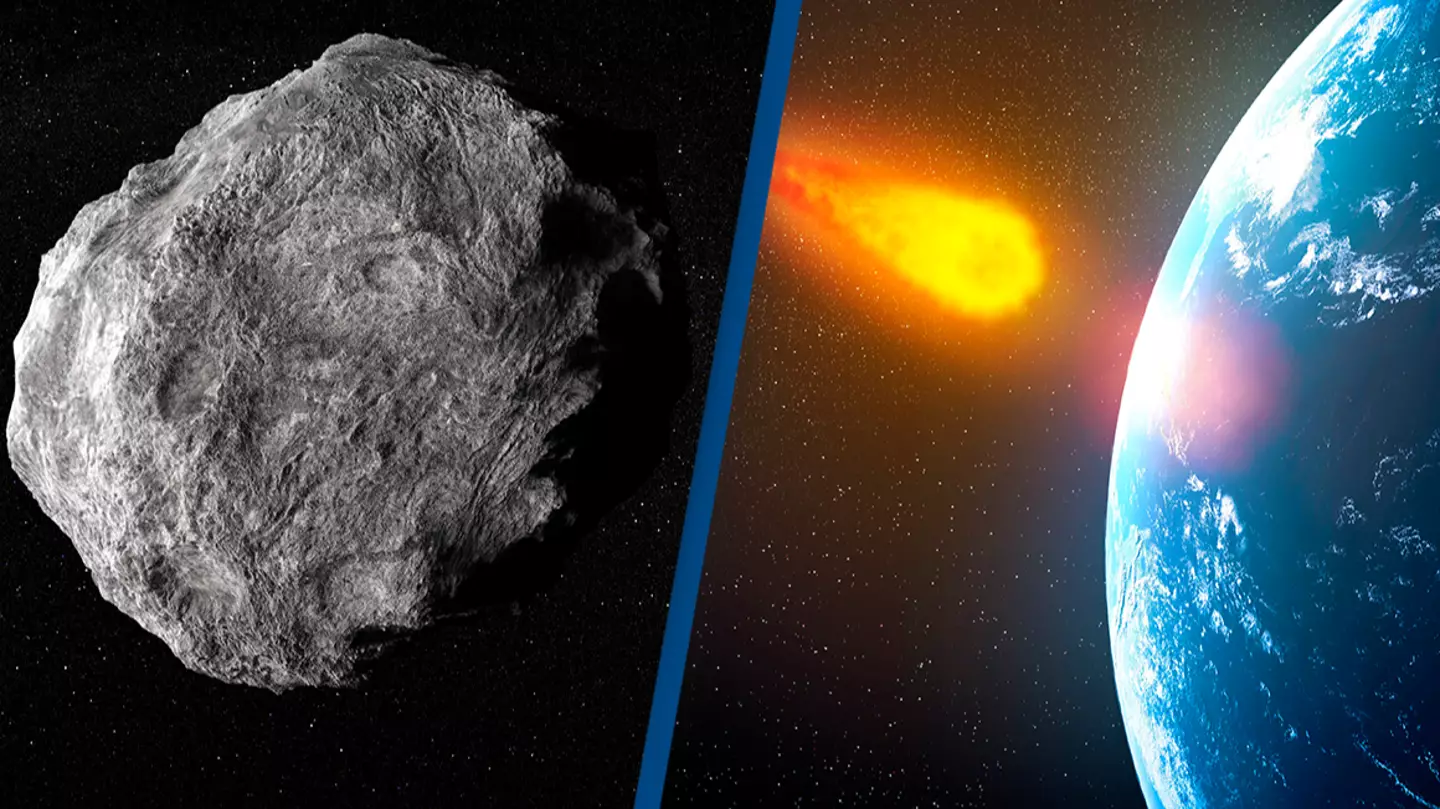
The chances of a giant asteroid colliding with Earth in just five years time might be slightly higher than expected.
With NASA having an abyss of high tech ways to monitor what’s going on in space, it was inevitable that they’d start tracking which asteroids could pose a threat to life as we know it.
One asteroid that’s been on astronomers’ radars for some time is 99942 Apophis – AKA the ‘god of chaos’.
This particular object is 340 meters wide, which is larger that two American football fields side-by-side.
With its size in mind, it probably comes as no surprise that if the ‘god of chaos’ asteroid struck Earth it would have pretty devastating consequences.
In fact, it’s believed that the impact would be equivalent to 1,000 megatons of TNT.
Earlier this year, a study shared that the asteroid is expected to pass by Earth in 2029, and will come within 40,000 kilometres of our planet.
While in regards to space this is quite close proximity, scientists at the time were confident that ‘god of chaos’ won’t collide with Earth.
But this has since changed ever so slightly. Its current trajectory isn’t set to crash into Earth, but an object as small as two-feet could change this.

The asteroid is scheduled to pass Earth in April 2029 (Getty Stock)
Canadian astronomer Paul Wiegert and co-author Benjamin Hyatt have looked into the odds of the asteroid colliding with another object which would send it hurtling our way in a new study – and their findings probably isn’t the news you were hoping for.
Wiegert and Hyatt concluded that a relatively small impactor of around 0.6 meters (2 feet) could be enough to push the asteroid into one of the 2029 ‘keyhole’ trajectories around Earth, IFL Science reports, which could lead to it colliding with our planet at a later date.
For ‘god of chaos’ to hit Earth in 2029, the object it collided with would have to be around 3.4 meters (11.2 feet) – an object slightly larger than a grand piano.
But the odds of this happening in 2029 are ‘exceptionally low’, you’ll be pleased to know (around 2.7 percent, to be more precise).
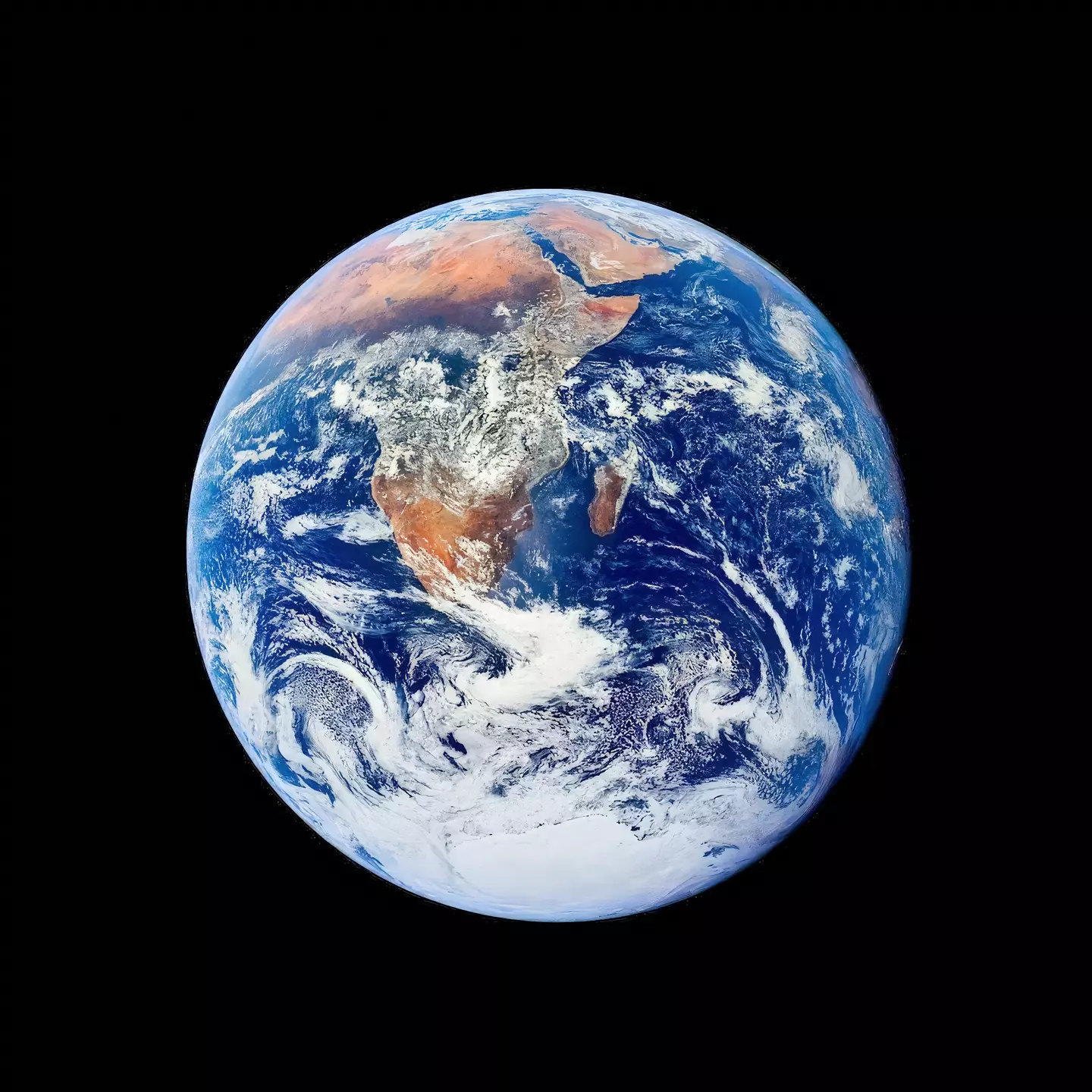
The odds of Earth being impacted by the object are ‘exceptionally low’ (Roberto Machado Noa/Getty)
Wiegert wrote in the study: “Given that only 5 percent of such impulses are in the correct direction to generate an Earth impact, the overall probability of a small impact directing Apophis into a collision with the Earth is less than one in two billion.”
In regards to a smaller object striking it and putting it on course for a later impact, the odds were calculated to be less than one in a million.


